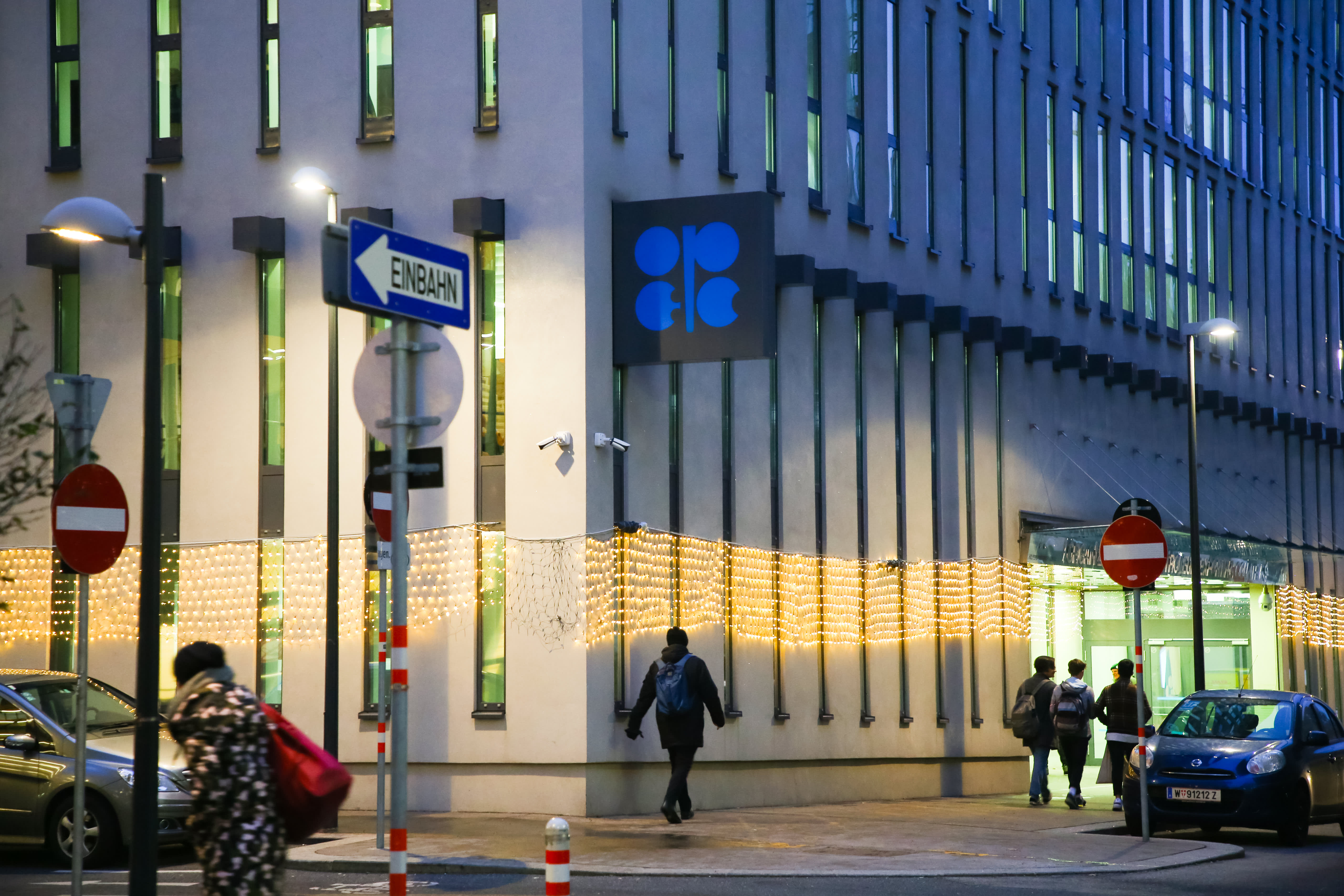LONDON — A group of some of the world’s most powerful oil producers will meet on Thursday to decide the next phase of their production policy.
OPEC and non-OPEC partners, an energy alliance often referred to as OPEC+, will convene via videoconference at 2 p.m. London time.
The meeting comes at a time when OPEC+ is relatively upbeat about improved market conditions and the outlook for fuel demand growth following a sharp rebound in oil prices over the first six months of the year.
The Middle East-dominated producer group agreed to implement massive crude productions cuts in 2020 in an effort to support oil prices when the coronavirus pandemic coincided with a historic fuel demand shock.
The group, led by Saudi Arabia, has since initiated monthly meetings in a bid to navigate production policy and has already announced plans to increase supply by 2.1 million barrels per day between May and July. It will decide on Thursday whether to leave production policy unchanged or to ramp up supply further.
Analysts say the most probable outcome is for an increase of around 500,000 barrels per day in August.
Chris Midgley, global head of analytics at S&P Global Platts, told CNBC via email that OPEC kingpin Saudi Arabia would likely maintain a “cautious” approach to production policy. This is because Riyadh would prefer to see global demand increase before adding supply and remains concerned about when Iranian oil could return to the market, he said.
“OPEC is treading a tight rope to sustain more attractive prices without hurting consumer confidence while not adding too much supply ahead of the weaker Autumn shoulder period for demand,” Midgley said.
The U.S. and Iran have been discussing the possibility of a new nuclear accord. If that happens, Iran could return at least 1 million barrels a day to the market. The timing is unclear, however, and the oil would have to be absorbed into OPEC’s production total if a deal is struck.
“The global oil market is calling out for a substantial increase in supplies, but the Saudis are unlikely to oblige,” Stephen Brennock, oil analyst at PVM Oil Associates, said in a research note.
“A smaller than expected return of oil should ensure that the market continues to draw down inventories over [the second half of the year]. But just as importantly, it also leaves the market in no doubt that the OPEC+ alliance, or better said Saudi Arabia, has full control of the oil market,” Brennock said.
Oil demand
International Brent crude futures traded at $75.50 a barrel during morning deals in London, up around 1.2%, while U.S. West Texas Intermediate futures stood at $74.37, roughly 1.3% higher for the session.
Oil prices have rallied more than 45% year-to-date, supported by an easing of Covid-related restrictions, an uptick in goods transportation and increased air travel. Analysts on Wall Street still see plenty of room left to run in the coming months.
However, the spread of the delta Covid-19 variant worldwide has heightened concerns of a setback to oil demand. Renewed lockdown measures and rising costs have already resulted in slower factory growth in China, for instance.
Last month, OPEC said it expects oil demand to rise by 6 million barrels per day this year, with 5 million of that coming back in the second half of 2021.
“The overall brighter picture in relation to the pandemic recovery efforts has led to significantly improved oil market conditions and prospects for future growth,” OPEC Secretary-General Mohammad Barkindo said at the meeting of the Joint Technical Committee on Tuesday.
OPEC and non-OPEC partners would “continue to play an important and valuable role in accelerating the oil market rebalancing process,” he added.
— CNBC’s Patti Domm contributed to this report.
